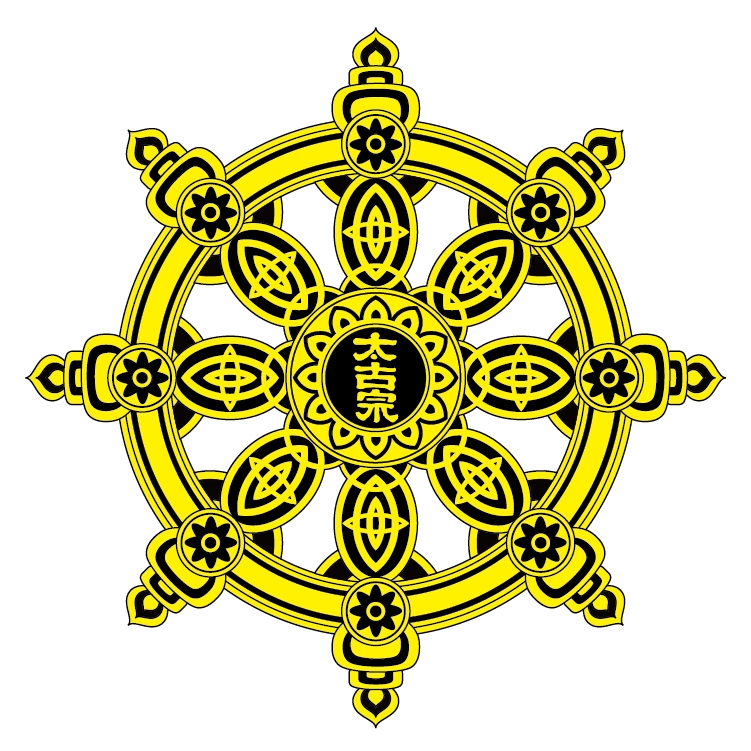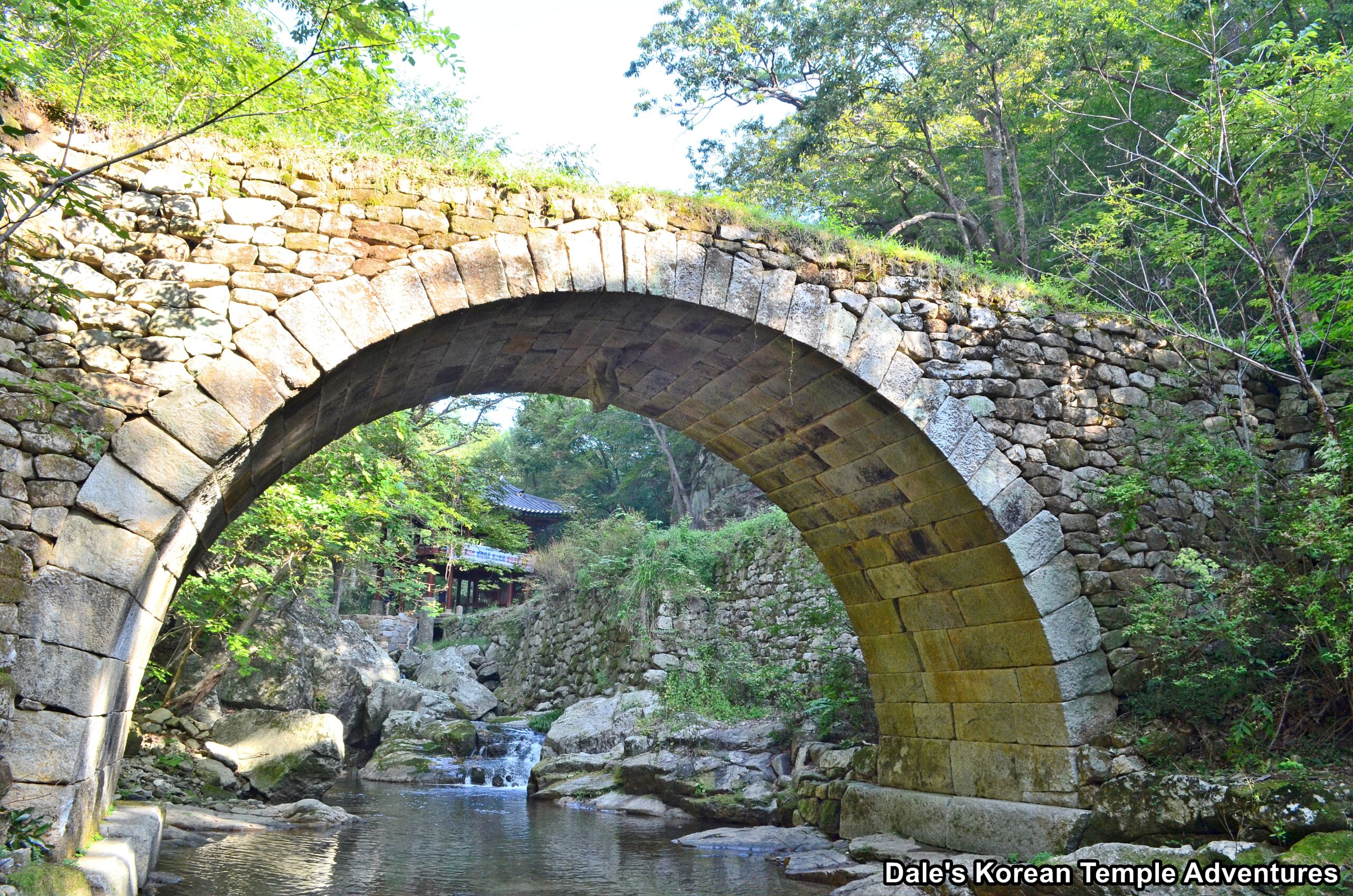
History of the Taego Order
The Taego Order is the second largest Buddhist order in Korea behind the Jogye Order. In total, the Taego Order consists of some 3,100 temples and 8,000 monastics. The Taego Order is headquartered out of Seonamsa Temple in Suncheon, Jeollanam-do. And the name of the order derives from Taego Bou (1301-1383). Along with the monk Jinul (1158-1210), who is considered to be the founder of the Jogye Order, the two monks would help organize the various Goryeo-era Buddhist sects into one cohesive organization. And while Taego Bou is considered the co-founder of the Jogye Order, he’s also considered the sole founder of the Taego Order, for which the Buddhist order gets its name. Both the Jogye Order and Taego Order are derived from Chan Buddhism.
What separates and distinguishes the one from the other is that the Taego Order allows for its monks to marry, although nuns still have to remain celibate; while Jogye Order monks and nuns have to remain celibate. This idea is a holdover from the Japanese Colonization of Korea from 1910 to 1945 and Japanese Buddhism. In addition, Taego Order monks can get married. The reason for this is that it’s believed that married monastics can play an instrumental role in the Buddhist community.
As was already mentioned, the Taego Order was first founded near the end of the Goryeo Dynasty (918-1392) and continued until 1954, when President Syngman Rhee (1875-1965) and a number of celibate monks initiated the Buddhist Purification Movement in Korea. This would result in a split into two parts. On one side were the celibate monks that would become the Jogye Order; and on the other side, were a combination of celibate and married monks. The latter would become the Taego Order. It was also at this time that the traditional colour of the kasa (robe) for the Jogye Order changed to brown from the traditional red kasa. This was done to differentiate the two new Korean Buddhist orders.
With the separation of the two orders, the Jogye Order, with the support of the Korean government, took possession of most of the traditional temples by forcing out married monks. This resulted in the Taego Order monastics having to form their own new order and build all-new temples. Then in 1970, the Taego Order was officially founded and named for Taego Bou.
The Taego Order Now
The Taego Order is perhaps better known internationally than the Jogye Order. This is in part thanks to the creation of the “The Institute of Buddhist Studies” or “I.B.S.” Before 2004, all Taego Order monks were Korean monks. The reason for this is that the Taego constitution required all monks to attend a Buddhist college and graduate with an extensive education in Buddhist teachings. Only then could a monk be fully ordained. This made it difficult for non-Koreans, who didn’t speak the Korean language, to graduate from these Buddhist colleges. So non-Korean monks that wanted to become a member of the Taego Order would first need to learn the Korean language before entering the four years of training it required to become a monastic.
However, this all changed in 1999, when the Ven. Dr. Jongmae Park, a Buddhist Director at the University of Southern California, or U.S.C, created an entire program of Buddhist studies. And in 2007, this program was made available as an online course, which was then accepted as the equivalent to taking the full Taego Order Buddhist studies program in Korea. And upon graduation, students can travel to Korea to further their training at a Taego Order temple.
Prominent Taego Order Temples
There are numerous Taego Order temples both in Korea and abroad. In Korea, perhaps the most famous is its headquarters at Seonamsa Temple in Suncheon, Jeollanam-do. Other temples belonging to this order in Korea are Bongwonsa Temple in Seoul and Seonbeopsa Temple in Hanam, Gyeonggi-do. And abroad, you can enjoy numerous temples in the U.S. like Muddy Water Zen Temple in Michigan.



Recent comments